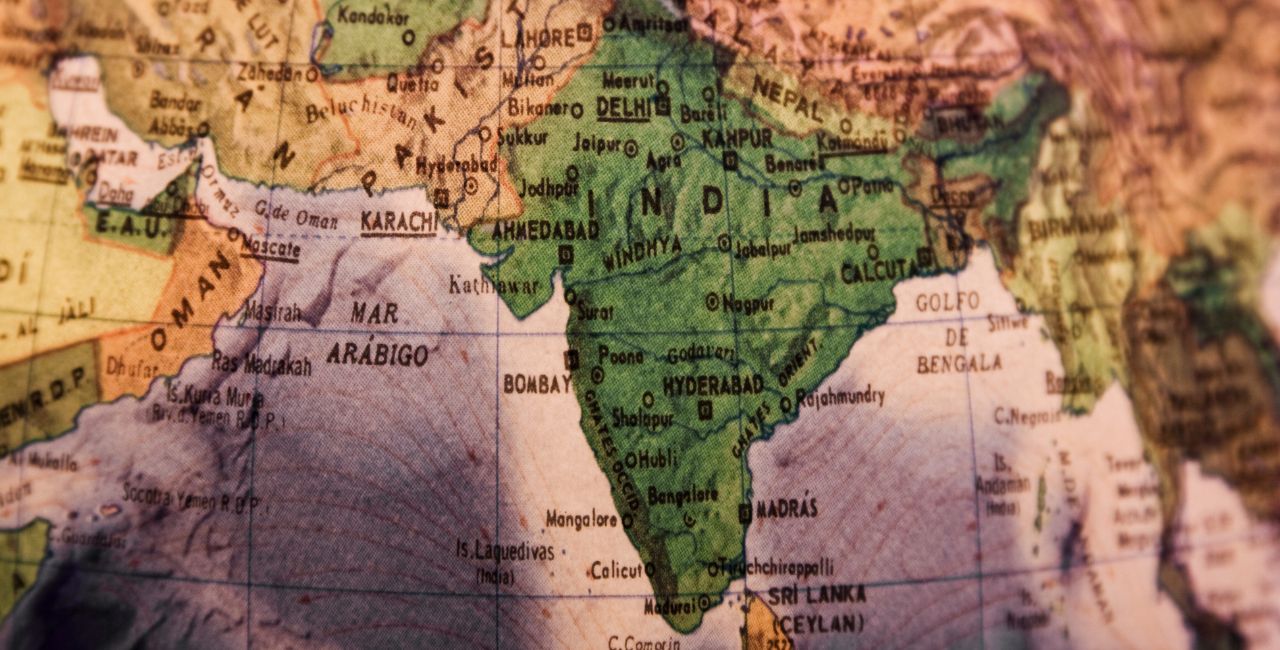DISCLAIMER
I am still learning about public policy and base this blog post on my current understanding of the topic. I will continue improving this post as I learn more. Any feedback and corrections are welcome.
The Indian government funds more than 50% of all scientific research in the country 1. However, 65% of scientific articles published by Indian researchers are still behind the paywalls of “prestigious” journals 2.
Most of these “prestigious” journals work on subscription-based business models, and around ₹1500 crores is spent annually by Indian institutions to cover such subscription costs 3. If you are unaffiliated, it could cost you ₹2285 on average to access a single article from these journals 4.
This is not an Indian problem but a widely recognized global one. Hefty subscription costs are hindering access to scientific research for people worldwide. The need to workshop new policies to tackle this is paramount, as access to the latest scientific and technological research is critical in a world becoming increasingly dependent on the fruits of this research.
However, India’s current policy solution, “One Nation, One Subscription (ONOS),” is punctured with many problems.
Fundamentally, the ONOS scheme is myopic and fails to fix the root cause of the problem: researchers choosing to publish in subscription-based, “prestigious” journals. India would be better off addressing this root problem through long-term thinking instead of duct-tape fixes that could lead to unanticipated consequences.
“One Nation, One Subscription” is an excellent name for a policy. Credit to the policymakers! But reading through the proposal makes you wonder if the policymakers picked a catchy name and built a policy around it without actual analysis.
Simply put, the ONOS scheme proposes negotiating with selected scientific journals to provide subscriptions for the whole country 5 (if only it were Netflix subscriptions).
Implementing this is expected to cost the country around ₹2000-3000 crores yearly. To give some perspective, it costs us around ₹40 crores per year to pay the article processing charges (APCs) needed to publish articles in open access (OA) journals 6.
OA journals use the APC business model instead of the traditional subscription-based one. Even if all research is published in OA journals with APCs, it would only cost a fraction of the proposed ONOS scheme.
There has been a gradual increase in the adoption of OA journals throughout the past decade in India 6. However, the ONOS could directly incentivize researchers to publish in subscription-based journals instead of OA journals and reverse this trend.
ONOS boldly assumes that the journals will agree to comply with the proposed provisions and completely disregards the fact that these journals still hold market power. In such market environments, revolutionary proposals like the ONOS would only look good on paper and are hardly practical.
For instance, Elsevier holds 16% of all published journals 7. Because of such intrinsic monopolies, negotiating a fair price for a nationwide subscription puts the Indian government at a disadvantage. ONOS would also continue reinforcing such monopolies, which could increase this power asymmetry. Even if the government negotiates a price, deciding which journals to subscribe to would be impossible.
Implementing a highly intervening policy should ensure better benefits for the costs and minimize unnecessary consequences. ONOS fails to do so on multiple counts.
Other attempts to solve this problem, including Europe’s Plan S and the USA’s OA policy, do not fare better. Both policies aim to incentivize researchers to publish in OA journals, providing funds to cover the APCs 8 9. However, they were received with a lot of criticism from the OA community worldwide.
A significant voice behind these criticisms was from the Latin American scientific community 10, who had spent decades cultivating an open and free-for-all publishing culture. Their dissent emerged after Argentina announced their intention to join Plan S.
Most of the journals used by the LA researchers are Diamond OA, meaning they have neither an APC nor a subscription cost. The community argues that Plan S and other policies along its lines could harm this OA culture.
These policies also have a fundamental flaw in that they still require someone to pay the APCs, which would require funds that could otherwise be used to conduct research. Solving a global problem requires at least consulting different stakeholders in different countries. Plan S failed to do this but still intends to be a global policy. Intentions don’t matter if you can’t implement it.
This is evident in Plan S’s suggestion to cap APCs and eventually offer waivers for countries with less affordability. Such naive suggestions could potentially put the control of science in the hands of a few rich countries. India’s eventual withdrawal from Plan S after its initial inclination is in parallel with the sentiments of the LA countries.
Blatantly criticizing the status quo without offering sustainable alternatives is easy. But arriving at such an alternative is non-trivial. Still, less intervening policies that can provide results in the long run are a good place to start. Workshopping such policies requires understanding the root cause of the problem—researchers choosing to publish in subscription-based, “prestigious” journals—instead of curbing its symptoms.
“Indian Science Reports.” Anna University. Accessed on August 9, 2023. https://indianscience.net/index.php. ↩︎
Vasudevan Mukunth. “The open access movement, to make academic papers accessible for all.” The Hindu, January 10, 2023. https://www.thehindu.com/sci-tech/science/the-open-access-movement-to-make-academic-papers-accessible-for- all/article66358199.ece. ↩︎
Joel P Joseph. “What Is the Status of India’s ‘One Nation, One Subscription’ Plan?” The Wire - Science, September 9, 2022. https://science.thewire.in/the-sciences/india-onos-journal-subscriptions/. ↩︎
“Paywalls and Information Costs.” Duke University. Accessed on August 9, 2023. https://sites.duke.edu/library101_instructors/2018/09/05/paywalls-and-information-costs/. ↩︎
Usha Munshi, Jagdish Arora. “One Nation One Subscription.” https://aws-static.iicdelhi.in/s3fs-public/2022-09/OP- 111_Final_13.09.2022.pdf. ↩︎
“Indian scientists burdened by cost of research published in open access journals.” Firstpost, November 14, 2016. https://www.firstpost.com/tech/news-analysis/indian-scientists-burdened-by-cost-of-research-published-in-open-access- journals-3692197.html. ↩︎ ↩︎
Brian Resnick, Julia Belluz. “The war to free science”. Vox, July 10, 2019. https://www.vox.com/the-highlight/2019/6/3/18271538/open-access-elsevier-california-sci-hub-academic-paywalls. ↩︎
“Guidance on the implementation of Plan S.” Accessed on August 9th, 2023. https://www.coalition-s.org/guidance-on-the- implementation-of-plan-s/. ↩︎
Christopher Marcum, Ryan Donohue. “Breakthroughs for All: Delivering Equitable Access to America’s Research.” August 25, 2022. https://www.whitehouse.gov/ostp/news-updates/2022/08/25/breakthroughs-for-alldelivering-equitable-access-to- americas-research/. ↩︎
“OASPA Feedback on Plan S Implementation Guidance.” February 8, 2019. https://oaspa.org/oaspa-feedback-on-plan-s- implementation-guidance/. ↩︎

